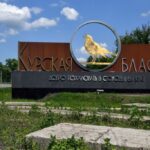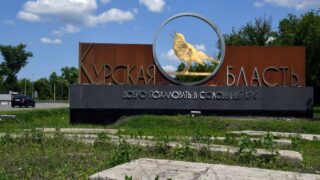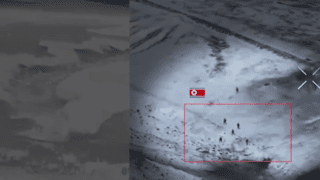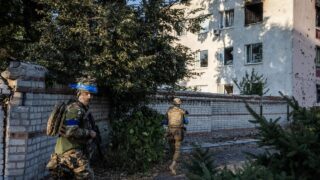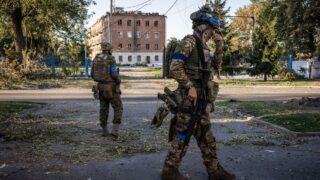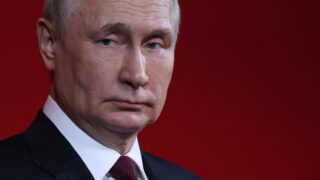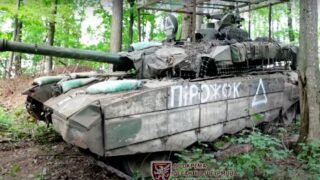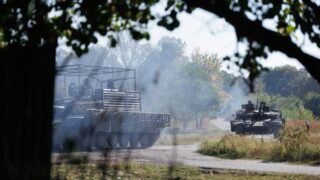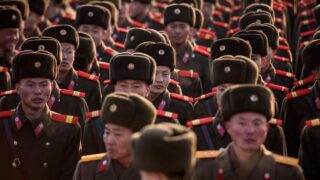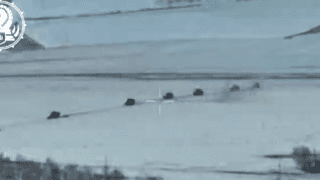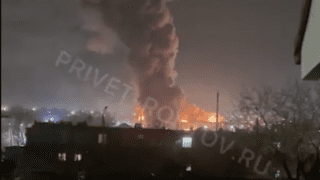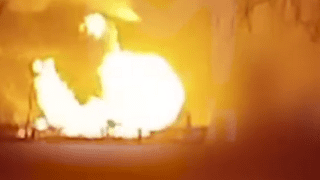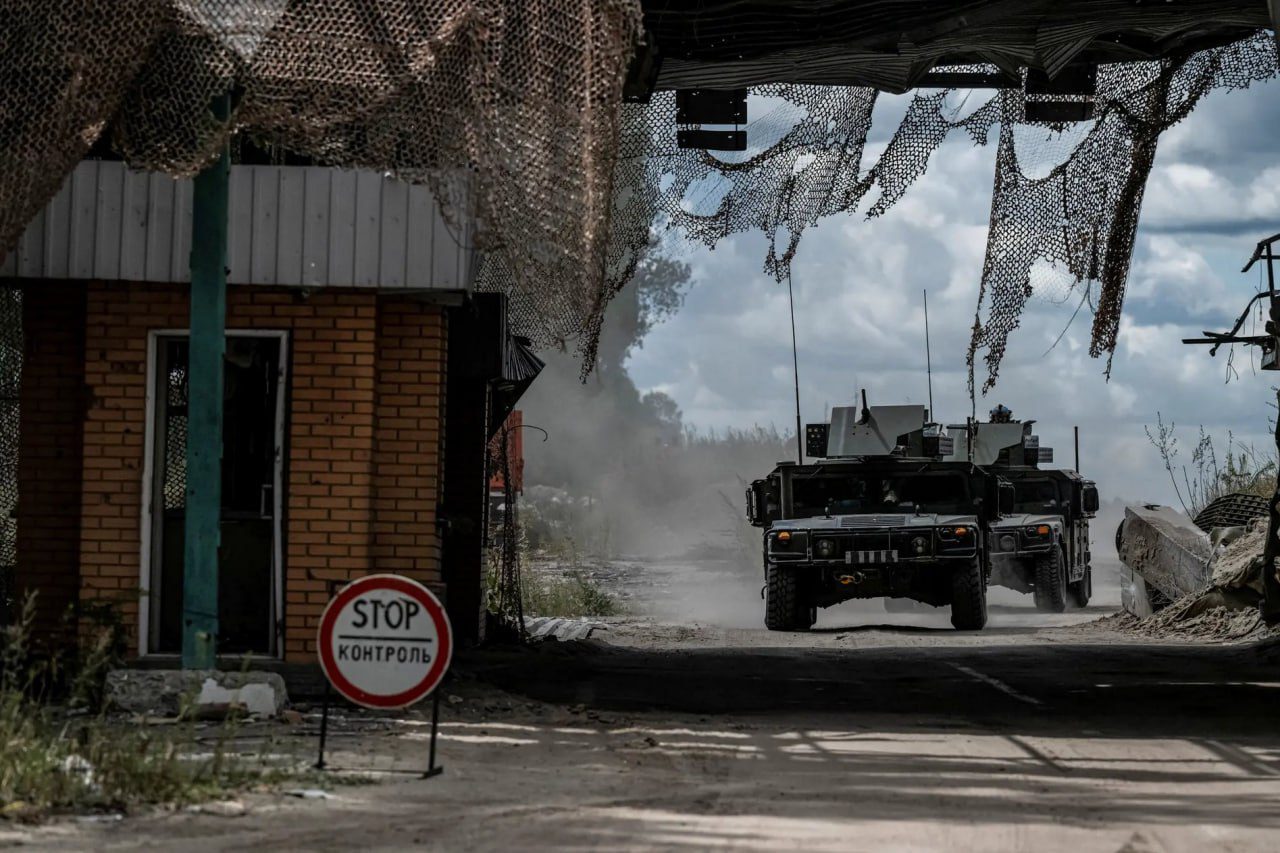
US officials: Ukraine may lose Kursk foothold by spring, as Russian and North Korean forces multiply
Ukraine risks losing the territory it captured in Russia’s Kursk region within months, according to US officials who spoke anonymously. The potential loss could weaken Kyiv’s position in future ceasefire negotiations, Bloomberg reports.
On 6 August 2024, Ukraine launched its Kursk operation, capturing over 1,263 square kilometers of territory and numerous settlements. Ukrainian leadership viewed the operation as a necessary preemptive strike to thwart potential Russian offensives aimed at Ukraine’s Sumy Oblast. One of its goals in a broader strategy is to enhance Ukraine’s negotiating position in potential peace talks, demonstrating Russia’s border vulnerability and empty threats.
However, Ukrainian forces have lost more than 40% of the initially captured territory due to lack of manpower and uncertain supply lines from Western allies, according to AP and Bloomberg.
The situation is further complicated by the presence of an estimated 12,000 North Korean troops supporting Russian forces in the region.
US officials indicate that Moscow may launch a concentrated effort to expel Ukrainian forces from Kursk as soon as next month, according to Bloomberg.
They suggest that Ukrainian troops might only be able to maintain their position until spring before facing the choice between retreat or potential encirclement.
The timing is particularly significant as president-elect Donald Trump prepares to take office on 20 January, having expressed his desire for a swift end to the war.
However, Russian President Vladimir Putin dismissed reports of a potential deal that would freeze the war in exchange for guarantees about Ukraine’s NATO membership, stating such an arrangement “definitely wouldn’t work for Russia.”
With Russia currently holding battlefield advantage, US officials suggest Moscow might delay negotiations while attempting to reclaim territory.
President Volodymyr Zelenskyy has suggested that controlling Kursk could provide leverage in potential negotiations with Moscow. However, according to AP, five Ukrainian and Western officials in Kyiv expressed concerns that the Kursk operation might weaken Ukraine’s position along the entire 1,000-kilometer front line.
US officials also noted to Bloomberg that Ukraine’s forces have exceeded initial expectations in holding their Kursk positions, partly aided by US authorization to use long-range missiles within Russian territory.
George Barros, leader of the Russia and Geospatial Intelligence teams at the Institute for the Study of War, points out that the Kursk incursion has demonstrated Russia’s border vulnerabilities and shown that using US equipment inside Russia did not lead to major escalation.
“In going after Kursk, the Ukrainians demonstrated the war was not hopelessly stalemated but is indeed quite dynamic,” Barros said.
US intelligence suggests Russia continues to sustain significant losses, averaging approximately 1,200 personnel per day.
While Russia can currently compensate for these losses, officials note this level of attrition cannot be maintained indefinitely without further mobilization – a step Putin appears reluctant to take following the unpopular September 2022 callup of 300,000 reservists.
Looking ahead, US officials project that North Korea could deploy an additional 8,000 troops by spring to support Russian operations, though they categorize this assessment as “low confidence.”
Despite the challenges, some Ukrainian commanders see no alternative to maintaining their positions. As one drone unit commander told AP:
“There’s no other option. We’ll fight here because if we just pull back to our borders, they won’t stop; they’ll keep advancing.”
Related:

